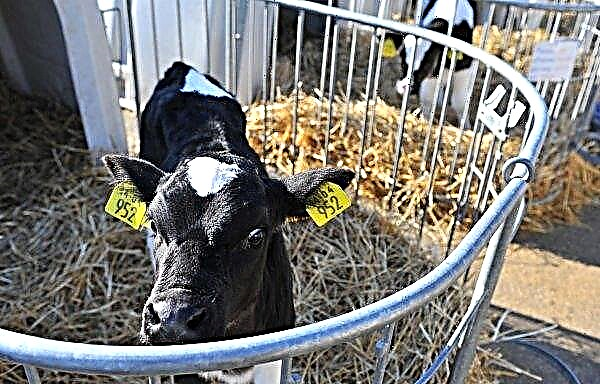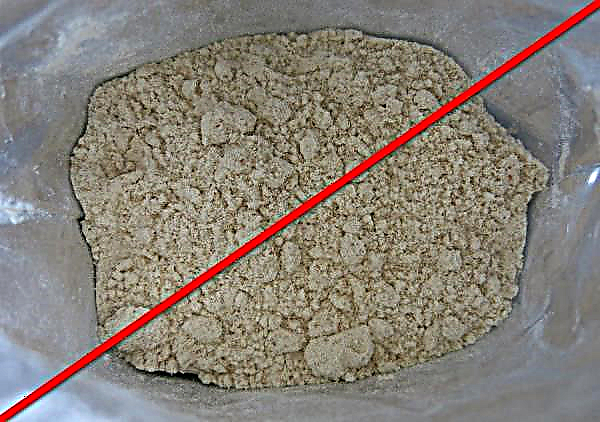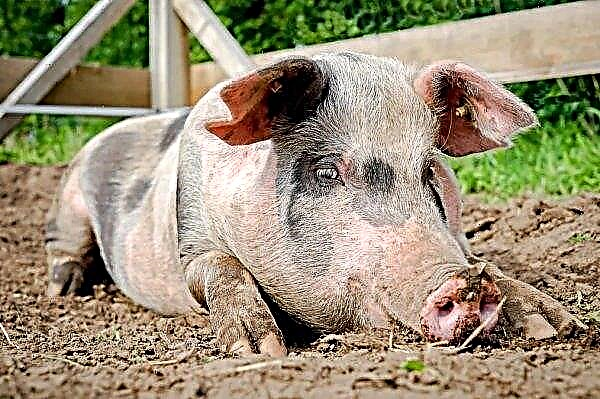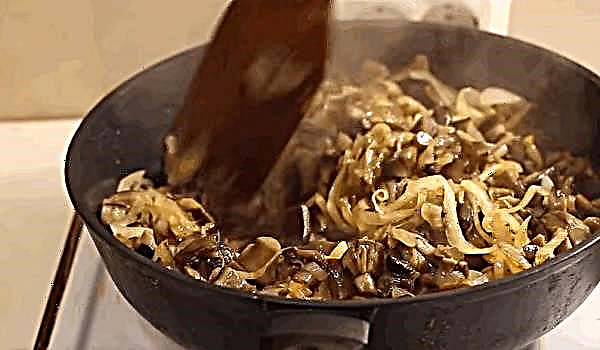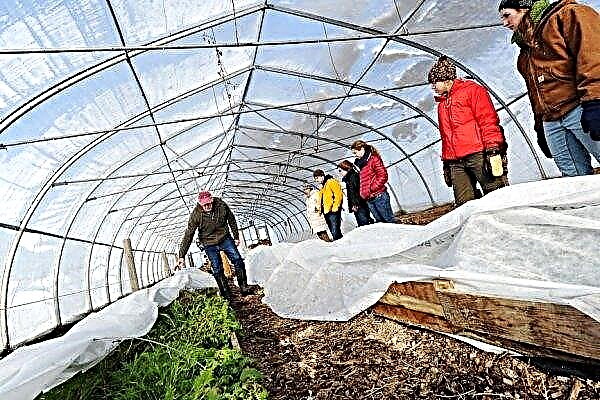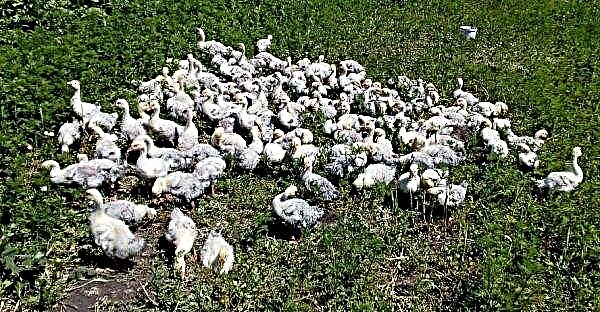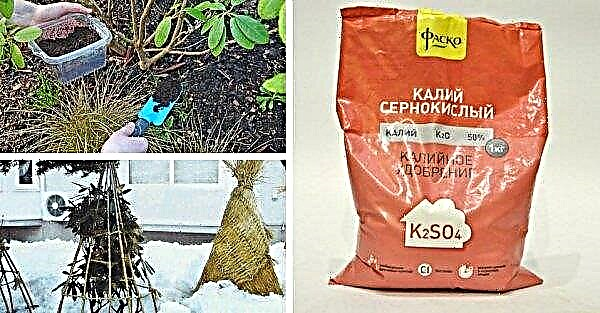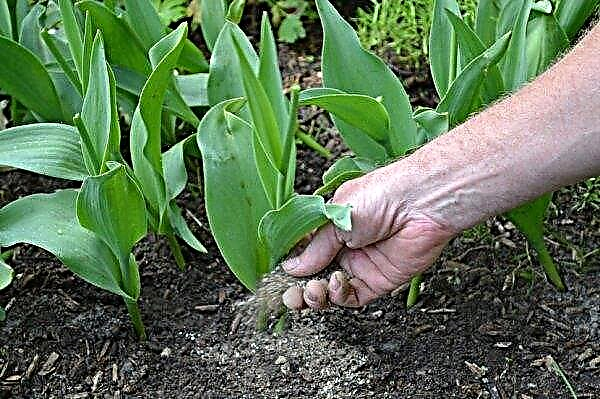The grain harvest in early March is estimated at almost 460,000 tons, and for feed - almost 480,000 tons. The rapeseed crop is expected to reach slightly less than 87,000 tons.
The area of wheat for the 2020 crop is estimated at 2,300 hectares lower than in previous years. For the first time, durum wheat is shown separately, whose area is estimated at 400 ha based on a sharp increase in seed sales.

In terms of proportions of bread wheat quality classes, class I is decreasing in favor of others. The largest share continues to remain in the upper class with 53.1% (2019: 51.6%), followed by Class I with 28.9% (2019: 33.2%) and Class II with 17.3% ( 2019: 14.7%).
Rapeseed is used for oil production. Rapeseed oil is used to make margarine, plastics, lubricants and candles.
With regard to rapeseed, it is expected that the cultivated area will increase by about 1300 hectares in 2020. The reason is the demand for this culture and the associated higher amounts of SGPV release. Due to the reduction in the quota for sunflowers, a deeper area is expected than in 2019, it is estimated at 4200 ha (-29%). Soybean area forecast is currently complicated.

An almost constant area of 1750 ha is expected. Due to new guidelines in the field of organic feeding, production is expected to expand for the production of animal feed. The estimated oilseed crop is 104,000 tons, of which almost 87,000 tons of rapeseed are more than in the previous year.
In interpreting the results, it should be noted that the estimates are preliminary and represent the first forecast. Exact information on the sale of spring cereal seeds is not yet included. More precise statements will be possible with a yield estimate at the end of May.
- A large number of farmers in the south of Ukraine are planning to begin harvesting winter wheat and barley in the first decade of June, which is several days earlier than last year.
- The critical situation that developed last week at the Dnepropetrovsk stud farm No. 65 was resolved with the help of animal feed, the threat of starvation was prevented by 15 tons of oats and 9 tons of barley, the press service of the Ministry of Agrarian Policy and Information shared.
- Zimbabwe has banned farmers from selling corn to anyone other than the State Grain Market Council, as the government is taking measures to lower prices for the main product after a severe drought hit the country.

